Pandas时间序列插值方法解析
时间:2025-07-13 14:36:32 256浏览 收藏
学习文章要努力,但是不要急!今天的这篇文章《Pandas时间序列插值技巧:避免resample后线性与NaN问题》将会介绍到等等知识点,如果你想深入学习文章,可以关注我!我会持续更新相关文章的,希望对大家都能有所帮助!
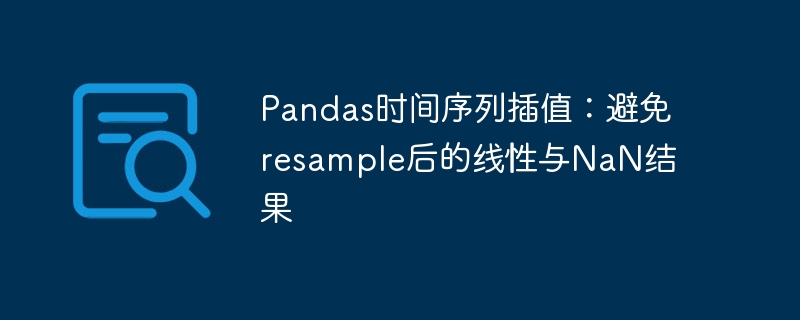
在处理时间序列数据时,我们经常需要将不规则或稀疏的数据转换为更规则的频率(例如,从每日数据到每月或每年数据),并填充缺失值。Pandas库提供了强大的resample和interpolate方法来完成此任务。然而,如果不正确使用,尤其是在数据稀疏的情况下,可能会遇到插值结果出现大量NaN值或呈现不自然的线性趋势的问题。
理解resample与interpolate的协同作用
用户面临的问题是,当原始时间序列数据较为稀疏时,直接使用df.resample('1Y').interpolate(method='time')会产生不理想的结果。这并非interpolate(method='time')方法本身的问题,而是其与resample操作结合时的行为特性。
resample的操作机制:resample方法用于将时间序列数据重新采样到指定的频率。例如,df.resample('1Y')会将数据按年份分组。关键在于,如果某个时间段(例如某个年份)在原始数据中没有对应的条目,resample在不指定聚合函数(如mean(), sum(), first()等)的情况下,会为该时间段生成一个包含NaN值的行。这相当于创建了一个新的、可能包含大量缺失值的索引。
interpolate(method='time')的行为:interpolate(method='time')是interpolate(method='linear')在DatetimeIndex上的特例,它会根据时间戳的数值差值进行线性插值。当resample操作引入了大量的NaN值时,interpolate(method='time')会尝试连接这些NaN值两端的有效数据点。如果有效数据点之间的时间跨度非常大(例如,原始数据在2010年和2020年有值,中间年份没有),interpolate将简单地在这些点之间绘制一条直线,导致结果看起来非常线性,并且对于没有有效数据点覆盖的区间,可能仍然保留NaN。
考虑以下用户提供的代码片段,它展示了这种常见问题:
import pandas as pd
import matplotlib.pyplot as plt
import seaborn as sns
import numpy as np
# 模拟稀疏时间序列数据
# 假设我们只有2010、2015、2020年的数据
data = {
'Date': ['2010-01-01', '2015-06-15', '2020-12-31'],
'Value': [10, 25, 40]
}
df = pd.DataFrame(data)
df['Date'] = pd.to_datetime(df['Date'])
df.set_index('Date', inplace=True)
# 原始数据可视化
plt.figure(figsize=(10, 6))
sns.scatterplot(data=df, x=df.index, y=df['Value'], s=100, label='Original Data')
plt.title('Original Sparse Time Series Data')
plt.xlabel('Date')
plt.ylabel('Value')
plt.grid(True)
plt.show()
# 用户尝试的插值方法
# df_resampled = df.resample('1Y') # 此时df_resampled是一个Grouper对象,需要聚合
# 错误用法:直接在Grouper对象上调用interpolate会导致错误或不期望的结果
# df_interp = df_resampled.interpolate(method='time')
# 正确的理解是:用户可能期望在resample后得到一个DataFrame,然后在其上插值
# 如果不加聚合函数,resample会产生一个DataFrame,其中大部分是NaN
df_resampled_no_agg = df.resample('1Y').asfreq() # 使用asfreq()来填充缺失的频率,值为NaN
print("Resampled DataFrame (without aggregation, with NaNs):\n", df_resampled_no_agg)
# 对包含NaN的DataFrame进行插值
df_interp_problematic = df_resampled_no_agg.interpolate(method='time')
print("\nProblematic Interpolated Data (linear between sparse points):\n", df_interp_problematic)
# 可视化问题结果
plt.figure(figsize=(10, 6))
sns.scatterplot(data=df, x=df.index, y=df['Value'], s=100, label='Original Data')
sns.lineplot(data=df_interp_problematic, x=df_interp_problematic.index, y=df_interp_problematic['Value'], color='red', linestyle='--', marker='o', label='Problematic Interpolation (1Y)')
plt.title('Problematic Interpolation: Linear Results from Sparse Data')
plt.xlabel('Date')
plt.ylabel('Value')
plt.grid(True)
plt.legend()
plt.show()在上述模拟中,df.resample('1Y').asfreq()会为2010年到2020年之间的每个年份创建一行,但除了2010、2015、2020年之外,其他年份的Value列都将是NaN。随后对这个包含大量NaN的DataFrame进行interpolate(method='time'),就会导致在仅有的几个有效数据点之间进行简单的线性连接。
解决方案与最佳实践
要获得更合理的时间序列插值结果,我们需要根据数据的特性
今天关于《Pandas时间序列插值方法解析》的内容介绍就到此结束,如果有什么疑问或者建议,可以在golang学习网公众号下多多回复交流;文中若有不正之处,也希望回复留言以告知!
-
501 收藏
-
501 收藏
-
501 收藏
-
501 收藏
-
501 收藏
-
343 收藏
-
329 收藏
-
173 收藏
-
435 收藏
-
203 收藏
-
179 收藏
-
192 收藏
-
142 收藏
-
260 收藏
-
336 收藏
-
370 收藏
-
111 收藏
-
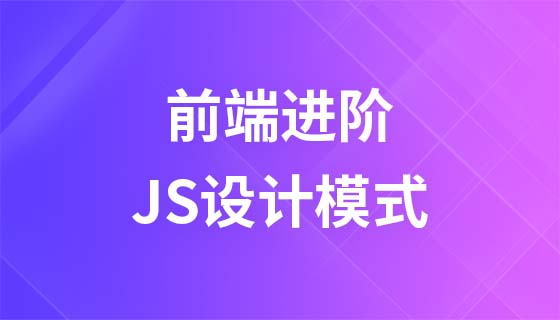
- 前端进阶之JavaScript设计模式
- 设计模式是开发人员在软件开发过程中面临一般问题时的解决方案,代表了最佳的实践。本课程的主打内容包括JS常见设计模式以及具体应用场景,打造一站式知识长龙服务,适合有JS基础的同学学习。
- 立即学习 543次学习
-
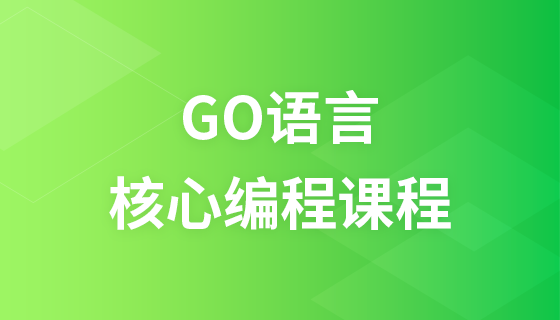
- GO语言核心编程课程
- 本课程采用真实案例,全面具体可落地,从理论到实践,一步一步将GO核心编程技术、编程思想、底层实现融会贯通,使学习者贴近时代脉搏,做IT互联网时代的弄潮儿。
- 立即学习 516次学习
-

- 简单聊聊mysql8与网络通信
- 如有问题加微信:Le-studyg;在课程中,我们将首先介绍MySQL8的新特性,包括性能优化、安全增强、新数据类型等,帮助学生快速熟悉MySQL8的最新功能。接着,我们将深入解析MySQL的网络通信机制,包括协议、连接管理、数据传输等,让
- 立即学习 500次学习
-
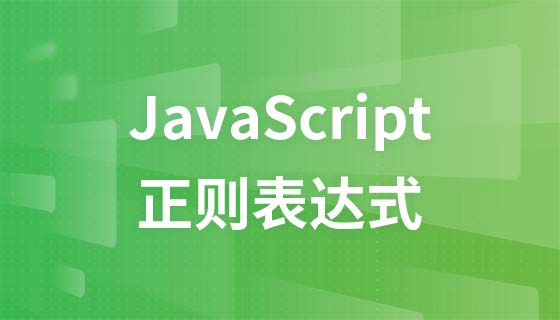
- JavaScript正则表达式基础与实战
- 在任何一门编程语言中,正则表达式,都是一项重要的知识,它提供了高效的字符串匹配与捕获机制,可以极大的简化程序设计。
- 立即学习 487次学习
-
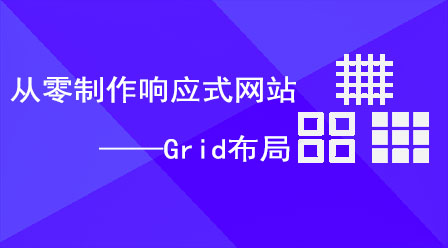
- 从零制作响应式网站—Grid布局
- 本系列教程将展示从零制作一个假想的网络科技公司官网,分为导航,轮播,关于我们,成功案例,服务流程,团队介绍,数据部分,公司动态,底部信息等内容区块。网站整体采用CSSGrid布局,支持响应式,有流畅过渡和展现动画。
- 立即学习 485次学习
